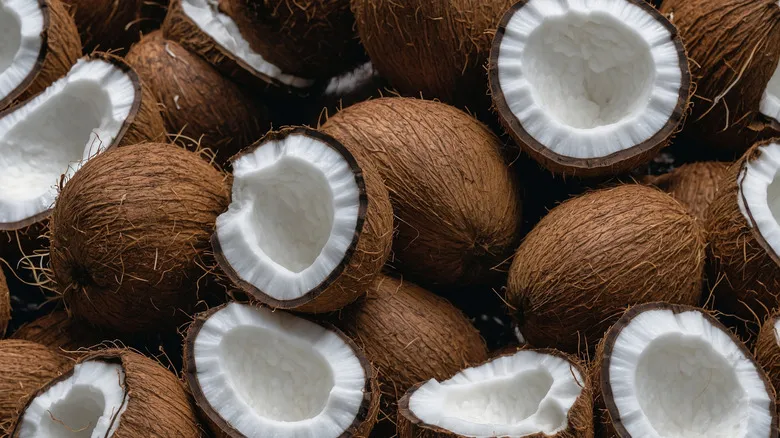How to use coconut cream

Coconut cream is generally a minimally processed product, consisting primarily of a mixture of coconut flesh and coconut water, with the occasional addition of a stabilizer or gum to ensure a smooth texture. While some brands may include a tiny bit of sugar, most coconut cream is unsweetened. Its natural consistency is creamy and thick, and it tends to solidify further when refrigerated.
With coconut cream, vegan desserts can achieve the same rich and creamy texture as those made with dairy. This versatile ingredient is perfect for creating a quick dairy-free whipped cream to top waffles and crepes, and it can also be incorporated into puddings, smoothies, milkshakes, ice creams, cakes, tarts, and cheesecakes. You can enhance your coffee with it for a luxuriously creamy vegan latte or blend it into a margarita for a refreshing tropical flavor.
In savory dishes, coconut cream is excellent for tempering spicy flavors. It plays a vital role in Thai curries and serves as a base for rich sauces to accompany noodles. For recipes that require heavy cream in creamy soups or vegetable dishes, coconut cream is a suitable substitute. Additionally, you can easily create a dairy-free sour cream by combining coconut cream with a splash of lemon juice.
How to use cream of coconut
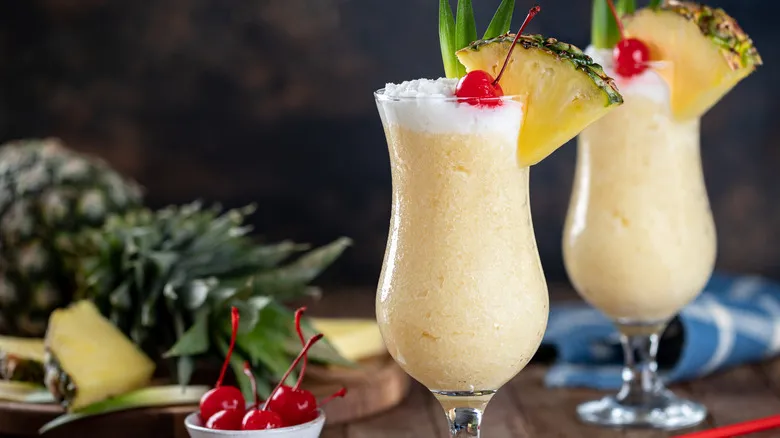
The texture of cream of coconut is one of its most distinct characteristics compared to coconut cream — it is less thick and has a syrupy consistency, reminiscent of condensed milk. It undergoes more processing than coconut cream; while it is also made from coconut meat and water, it often lists coconut concentrate as the primary ingredient, which has been further reduced through cooking. Sugar usually follows as the second ingredient, and various preservatives and stabilizers are commonly included to maintain the desired texture and extend the product's shelf life.
Cream of coconut is primarily used in the piña colada, the signature cocktail of Puerto Rico. It adds sweetness and a creamy texture to the drink, making it a valuable ingredient for other cocktails as well. This ingredient is perfect for enhancing fruity, tropical frozen beverages and tiki-style cocktails. You can elevate a classic martini into a tropical delight with cream of coconut and lime, or incorporate it into a refreshing mint mojito.
Cream of coconut also has a place in dessert recipes. It works wonderfully in rice-based treats like vanilla rice pudding or mango sticky rice, allowing the sweet flavor of cream of coconut to shine. You can drizzle it over dark chocolate brownies or ice cream, use it as a glaze for cakes, or blend it into milkshakes for a coconut twist. Although it may not be the first ingredient that comes to mind for savory dishes, cream of coconut can serve as a marinade or glaze for tropical seafood recipes.
Can these ingredients be used interchangeably?
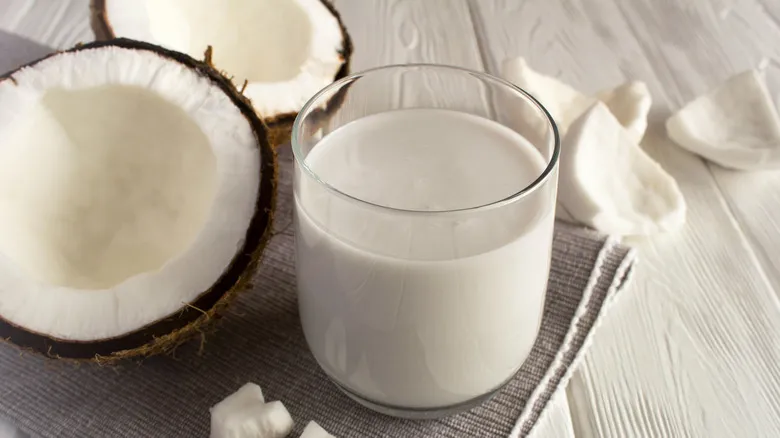
In general, recipes that require coconut cream should not be substituted with cream of coconut, as the latter is thinner, syrupy, and significantly sweeter. However, there are a few exceptions—if you enjoy the sweetness and texture of cream of coconut, it can be used in cocktails and certain desserts where the texture is not a critical factor.
Overall, coconut cream is the more adaptable ingredient, suitable for both sweet and savory dishes, as well as a variety of beverages. Recipes that call for cream of coconut can typically use coconut cream as a sugar-free alternative, resulting in a thicker consistency. When substituting coconut cream for cream of coconut in recipes where it serves as the sweetener, you can adjust the sweetness to your preference by adding honey or agave syrup. Additionally, you can make cream of coconut at home by mixing coconut cream with condensed milk or another sweetener.
It's essential to understand that coconut milk is distinct from both coconut cream and cream of coconut. Coconut milk can be found in cans or in 1-liter cartons as a non-dairy milk option. It may be either unsweetened or sweetened and has a thinner consistency due to a higher water content. It can also separate, resulting in coconut water at the bottom and a layer of cream on top. While coconut milk can be used as a substitute for coconut cream if a slightly thinner texture is acceptable, it is not suitable as a replacement for cream of coconut.
Recommended
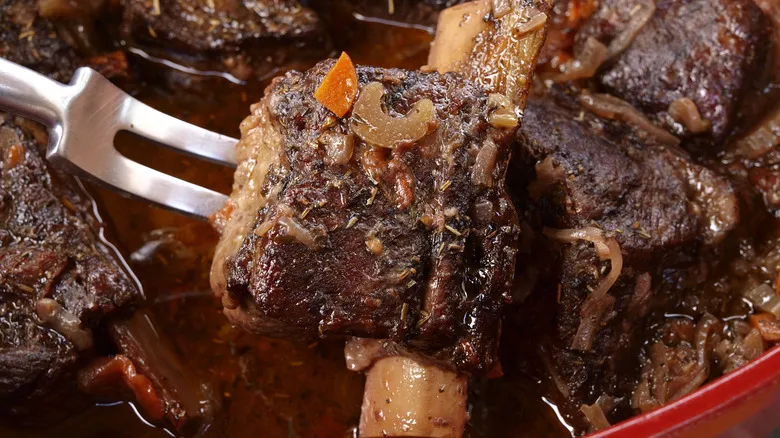
For A Hands-Off Short Rib, Put Your Oven To Work

The Powerhouse Ingredient That Gives Chicken Soup A Flavorful Boost

What Liquor Does Julia Child Add To Her Flaming Crepes Suzette?
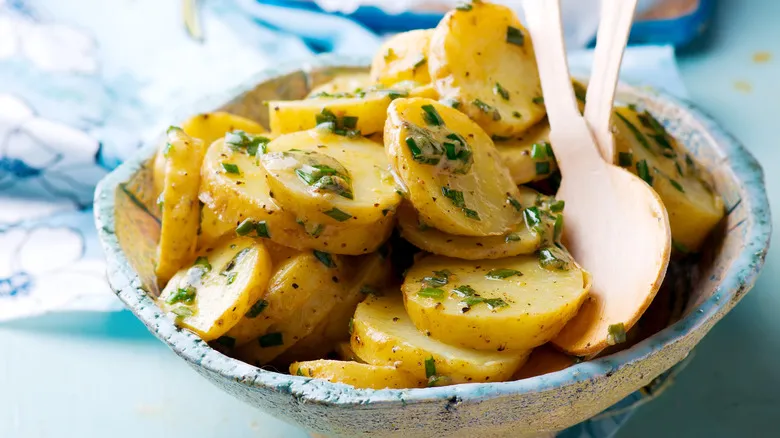
The Easiest Trick For Giving Boring, Old Potato Salad A Makeover
Next up

